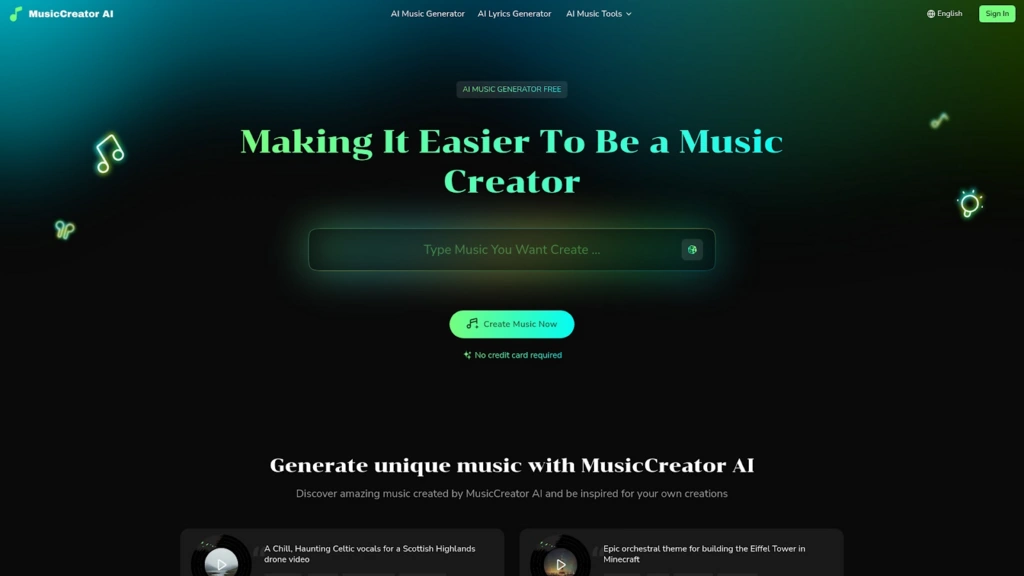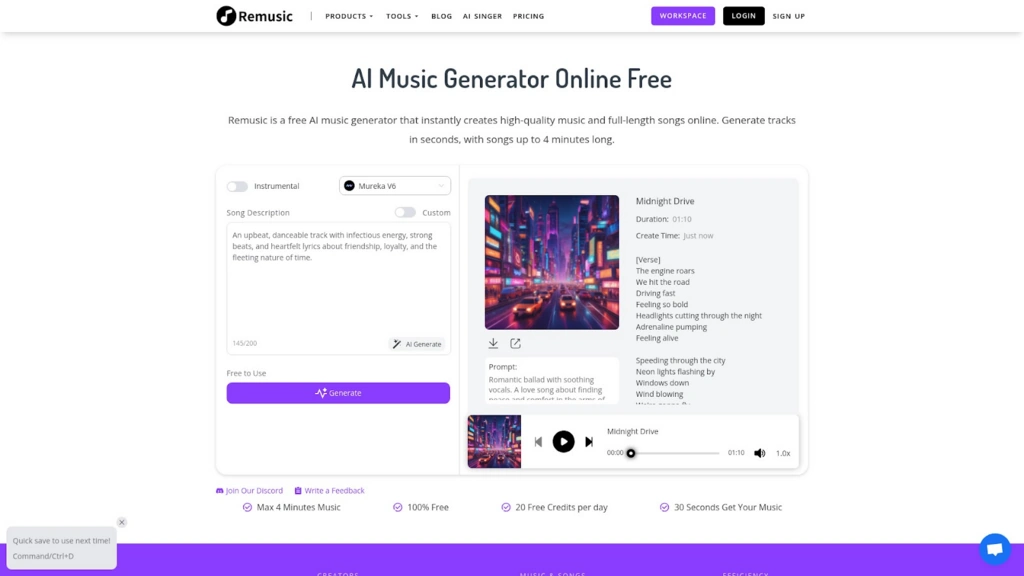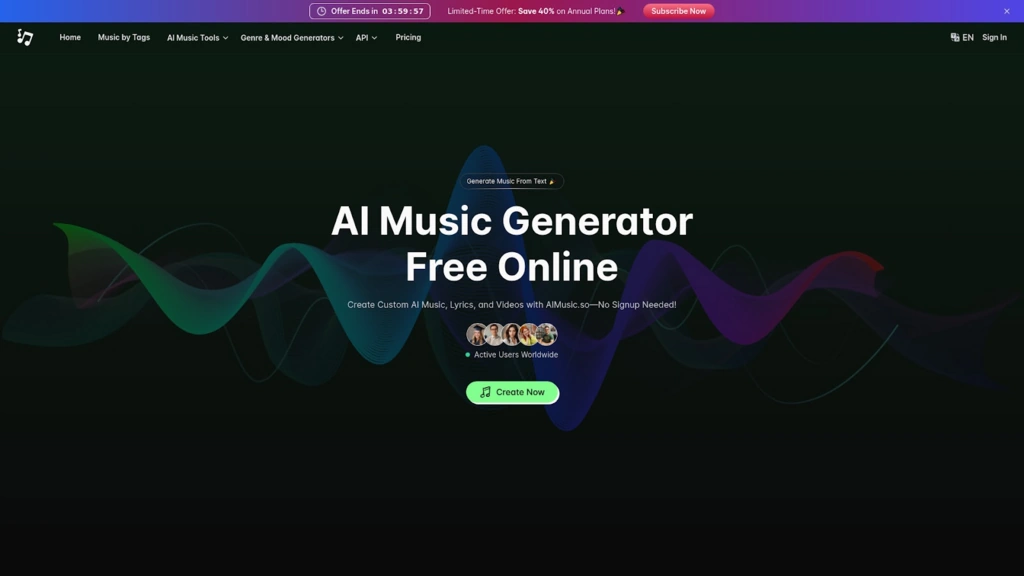Modern software is learning to sound less like code and more like people. Every update aims to make machines talk, write, and react in a way that feels natural. Behind that goal is the idea of giving technology a human side.
This change has made developers and brands look closer at how users feel when they deal with digital systems. A simple response, a softer tone, or a well-timed reply can turn a task into a real exchange. Tools built with humanizer ai push this shift forward by adding small human touches that make each interaction smoother and easier to trust.

When AI Starts to Sound Human
The last few years have changed how we talk to machines. We don’t type commands anymore. We speak, and the screen speaks back. Sometimes it sounds close to real, other times not even near. That small difference decides if people trust the system or turn away.
Teams that build digital tools now chase that human edge. They want replies that sound like someone thought about them. Not just words pulled from data. The work around humanizer ai grows from that need. It’s about small things—tone, timing, and flow—that make a sentence feel alive, even when written by a program.
How AI Gains a Human Voice in Digital Platforms
Modern digital systems now rely on language that feels closer to human speech. The goal is simple — make technology sound natural without losing precision. That’s where the idea of an AI humanizer comes in. It adjusts tone, structure, and flow so the message connects with real readers, not just algorithms.
Where humanization creates real impact
• Customer support tools that reply with empathy instead of scripted answers.
• Marketing messages that shift tone based on audience and intent.
• Learning or training systems that explain instead of instructing.
• Virtual assistants that answer with clarity and warmth.
Businesses that add these layers notice higher engagement and stronger trust. Services like Humanize with DetectingAI now help writers, marketers, and developers bring emotion and balance back into digital text.
When words feel natural, users stay longer and connect deeper. That’s the real advantage of giving machines a voice that people understand.
How Humanized AI Improves Digital Experience
People don’t just look for quick answers online. They look for connection. When digital tools reply in a way that sounds thoughtful, users engage longer and trust more. This shift is powered by efforts to humanize AI text, making it feel personal without losing accuracy.
How humanized AI improves experience
• Builds stronger trust by sounding natural and clear.
• Reduces confusion when messages fit human rhythm.
• Encourages user feedback through a relatable tone.
• Makes automated systems easier to adopt in daily work.
For companies, this equation between speed and empathy is everything. A message crafted by a machine can now be almost indistinguishable from human imagination, leading customers rather than merely telling them. That subtle change is what makes a digital product into something individuals actually like using.
What the Future Holds for Humanized AI
AI is moving toward understanding people, not just data. The next stage focuses on emotion, tone, and context to build stronger digital connections and trust.
As developers learn to humanize AI, systems become partners rather than tools. They adapt, respond, and evolve in real time, creating communication that feels personal, clear, and naturally human.
Why Ethical Use of AI Humanizers Matters
As language tools grow stronger, so does the need for clear limits. Developers now focus on transparency, fairness, and privacy when shaping human-like systems for daily use.
Free solutions, such as AI humanizer free models, make testing easier but require careful handling. When teams track data use and avoid bias, they build systems that serve people with honesty and trust.
Conclusion
Digital growth is no longer just about faster systems. It’s about the smarter ones that sound real and connect with users naturally. That is the value of human-centered design.
When teams learn to humanize ai text, technology becomes easier to trust and engage with. The result is content that feels authentic, solutions that sound human, and brands that stay believable.














